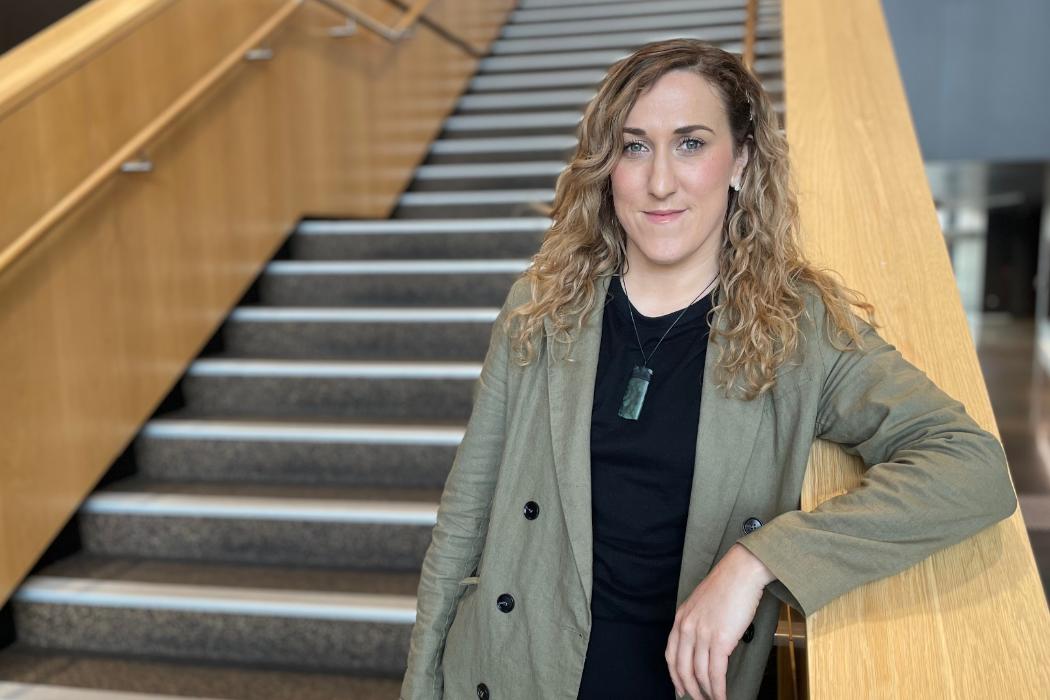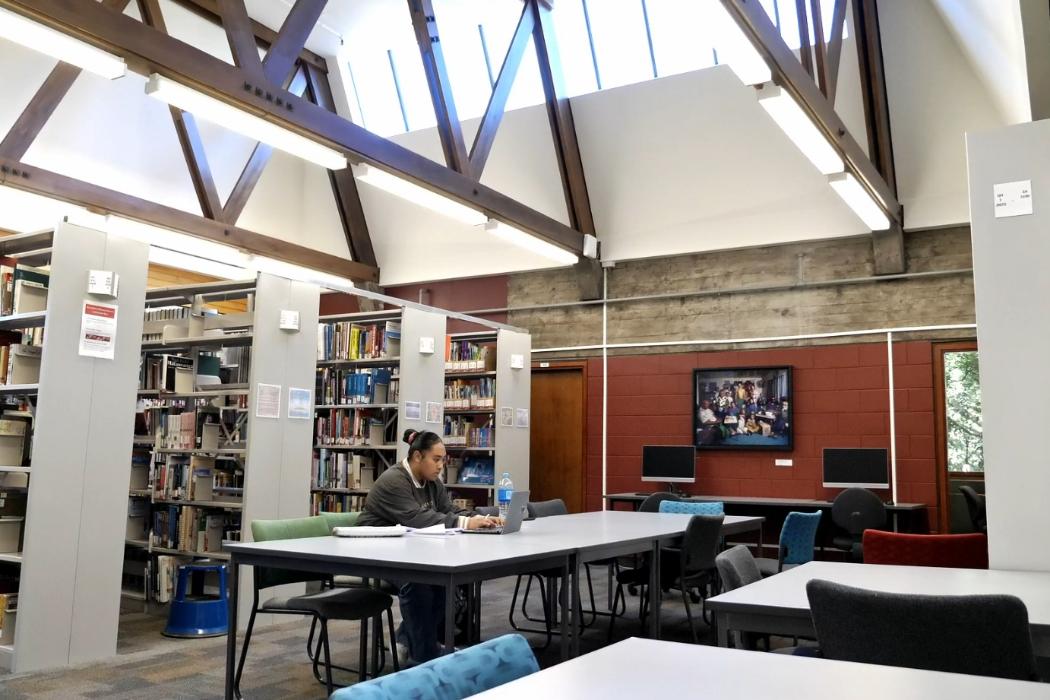In the 1890s, New Zealand’s most ‘English’ of cities was home to Christian, socialist and humanitarian organisations. “They were idealistic and progressive groups with shared goals for the betterment of society, and there was a lot of crossover in their memberships,” says Lovell-Smith.
After a 1909 Defence Act made military cadet training compulsory for boys aged 14 and over, three new groups formed in Christchurch to oppose the growing militarism. Two of these, the Anti-Militarist League and the National Peace Council, protested lawfully through letter writing campaigns, public talks and debates, and the distribution of pamphlets. The third organisation, The Passive Resisters’ Union, conducted a programme of civil disobedience that saw hundreds of young men nationwide refuse compulsory military training. Many were imprisoned for non-payment of fines.
At the onset of war, voluntary enlistments in New Zealand were high. But as casualties rose and the horrors of battle became known, the government found it harder to supply the number of soldiers promised to Britain. When this prompted the introduction of conscription in 1916, hundreds of New Zealand men declared their refusal to fight on political, religious and moral grounds. Nationwide, 286 men were imprisoned as conscientious objectors.
While no women activists were imprisoned for opposing the war, Lovell-Smith emphasises the vital role they played. She links female leadership within the peace movement to Christchurch’s Canterbury College, forerunner to the University of Canterbury (UC), for encouraging women students and graduates in the 1880s and 90s, suggesting that “it became much harder to argue that women were inferior when they were demonstrating their equality so effectively.”
At the same time, Canterbury College and other New Zealand educational institutions were strongly militaristic: male students disrupted peace movement meetings and the only student at Canterbury College to refuse military service was immediately excluded from lectures.
Lovell-Smith’s book grew out of research she undertook as lead writer for “Voices Against War”, an online resource coordinated by the Disarmament and Security Centre, also based in Christchurch. The project was supported by UC’s School of Humanities and Creative Arts with the website (www.voicesagainstwar.nz) developed by UC Arts Digital Lab. For both projects she drew extensively on newspaper archives of the period, especially the published reports of military board hearings, court martials and trials for sedition. Another key resource was the archive of Christchurch resident Charles Mackie, Secretary of the National Peace Council, held at Canterbury Museum. Lovell-Smith was also able to access letters and diaries from private family collections but found it harder to source anecdotal material about the dissenters’ experiences post-war.
“There was a huge social stigma attached to being a conscientious objector. And the men didn’t often speak about their experiences as prisoners,” she says. “They were so aware that what they’d been through did not compare with the horrors of warfare.”
With the new secondary school history curriculum due to focus greater attention on national and regional history, Lovell-Smith’s book is a timely addition to our understanding of Aotearoa New Zealand in wartime. She hopes readers will gain greater insight into the period and see that bravery and strength can take many forms.
“The book provides numerous ‘case studies’ of why individual men chose to resist military service, and what happened to them as a result. It also shows the support such men had from the peace movement and other groups who resisted war.”
‘I Don’t Believe in Murder’: Standing up for peace in World War I Canterbury by Margaret Lovell-
Smith is published by Canterbury University Press, RRP $45, Softbound, 240 x 170mm, B&W,
336pp), ISBN: 978-1-98-850336-3, available in bookstores and through Canterbury University Press.
About the author
Margaret Lovell-Smith is a Christchurch writer who has previously published on the nineteenth-century women’s movement in Canterbury, women’s biography, local and regional history. She was the lead researcher and writer for the ‘Voices Against War’ website launched in 2016, a project which led eventually to this book. Her previous books include the edited anthology The Woman Question: Writings by the women who won the vote (1992), The Enigma of Sister Mary Leo: The story behind New Zealand's most famous singing teacher (1998), Hurunui Heritage: The development of a district, 1950–2000 (2000), and Easily the Best: The life of Helen Connon, 1857–1903 (2004).











